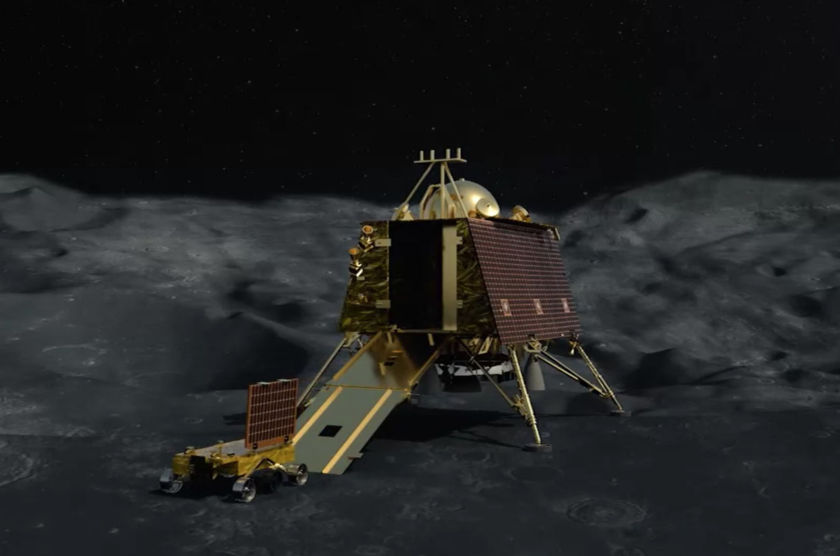While it did not complete its mission life of 2 years, the Chandrayaan-1 mission had several achievements. It was the first interplanetary mission for ISRO, and heralded the way for other missions to follow, including one to Mars, and the upcoming Chandrayaan-2 mission. Its most significant scientific achievement was the discovery of water on the Moon. First, a mass spectrometer on the Moon Impact Probe
detected water in the thin lunar atmosphere. Then, the Moon Mineralogy Mapper instrument, developed by NASA and carried on the orbiter,
detected water ice on the surface near the lunar poles. Additionally, the mini-SAR synthetic aperture radar developed by NASA and carried on the orbiter
also found evidence consistent with the presence of water ice at the lunar north pole. Other achievements of the mission include the creation of detailed three-dimensional maps using over 70,000 images taken by its cameras, a study of the process by which water may form on the Moon, and a study of past tectonic activity on the Moon.






















